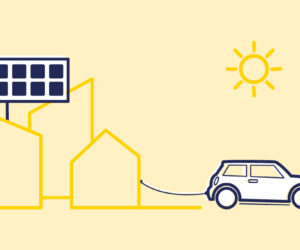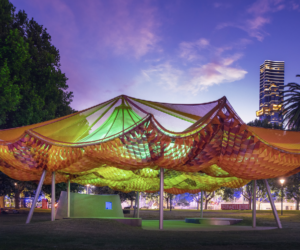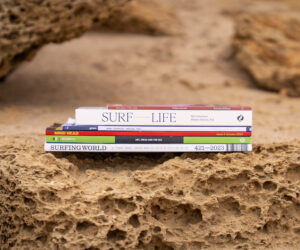Turning everyday trash into clean energy
Advanced waste treatment systems could divert more than 95 per cent of Sydney’s household waste from landfill and convert non-recyclable waste into a useful renewable gas to power city buildings and provide heating and cooling.
Rapid population growth in our cities means that by around 2021 our landfill sites will be full, with the nearest facility 250 kilometres away. Around 400,000 truck movements a year are required to dispose of Sydney’s waste.
The City of Sydney’s draft advanced waste treatment plan shows how useful energy can be created from household waste, significantly reducing the loss of valuable resources to landfill and reducing greenhouse gas emissions.
The advanced waste treatment master plan aims to deliver an ‘energy from waste’ solution for Sydney by:
• Recovering material and energy resources from non-recyclable waste so almost no waste goes to landfill;
• Converting non-recyclable waste to renewable and non-fossil fuel gases; and
• Converting these gases into substitute natural gases to inject into the gas grid to deliver low-carbon energy.
Advanced waste treatment plants use a -chemical process with minimal emissions and any future plant would be designed to meet the NSW Waste-to-Energy policy emissions limits.
Lord Mayor Clover Moore said landfill sites produce huge amounts of methane, a greenhouse gas with 25 times the global warming potential of carbon dioxide.
“It’s estimated this new technology could prevent around 196,000 tonnes of greenhouse gas emissions a year – equivalent to taking 43,556 cars off the road. The technology will also save ratepayers about $3.9 million a year by avoiding the waste levy costs of landfill. Every tonne of waste to landfill incurs a NSW waste levy of over $100,” the Lord Mayor said.
“Our residents have done a terrific job of recycling and we’ve already met our target to divert two-thirds of household waste from landfill.
“Currently over 40,000 tonnes of household rubbish a year is processed to remove recyclables and produce low-grade compost but one third of waste still goes to landfill. The advanced waste treatment plant could reduce this amount to virtually nothing.
“If we don’t try to reduce our waste, by 2030 the household waste of city residents is predicted to grow to 80,000 tonnes. This means after recycling and treatment, 27,000 tonnes of non-recyclable household waste would end up in landfill – equivalent to the weight of a cruise ship.
“An advanced waste treatment plant is a viable solution already used in other cities around the world.”
Along with the US and Canada, Australia is among the top three producers of waste per capita. Energy from waste technologies already play a vital role in international waste management, with advanced waste technologies used across Europe, Asia and North America.
Operating under NSW’s current regulatory environment, advanced waste treatment can be effectively used to deliver renewable gas straight to the grid. This substitute natural gas can be used for electricity generation, heating, cooking and air-conditioning.
This system is also designed to be able to fully integrate with future trigeneration plants to produce clean, local electricity, heating and cooling.
In Australia there are multiple facilities generating power from wastes such as sugar cane residue, recycling rejects and commercial food waste.
In the past 12 months, no fewer than three major projects processing Council collected waste have been approved in Australia with more in planning.
The City’s other sustainability achievements to date include:
• Retrofitting 45 of the City’s major buildings and facilities to boost energy and water efficiency;
• Replacing over 2,500 street lights with more efficient LEDs. When all the City’s 6,450 street lights are replaced, the project will save up to $800,000 in electricity bills and maintenance a year and reduce energy use from street lighting by nearly 45 per cent;
• Installing solar photovoltaic panels on major buildings such as Redfern Oval grandstand, Sydney Park Pavilion and Paddington Town Hall, saving of up to 307,320 kilowatt hours a year;
• Reducing emissions from the City’s fleet of vehicles by 30 per cent;
• Increasing the number of businesses taking part in the CitySwitch Green Office program, which now covers two million square metres office space nationally;
• Planting over 8,200 new street trees to absorb pollution and provide shade; and
• Harvesting and treating 590 million litres of stormwater at the city’s water reuse system at Sydney Park.
The draft plan will on public exhibition from May 15 to June 25. It’s available for viewing and feedback at www.sydneyyoursay.com.au
Video: http://ow.ly/wOXzF
Infographic: http://ow.ly/wOXAV



